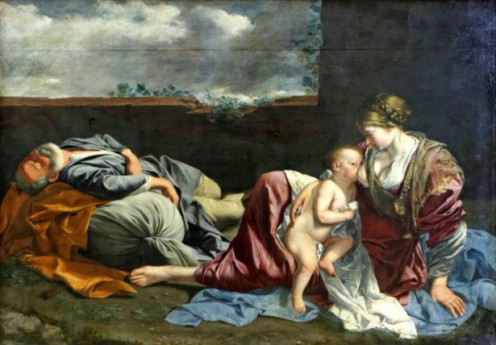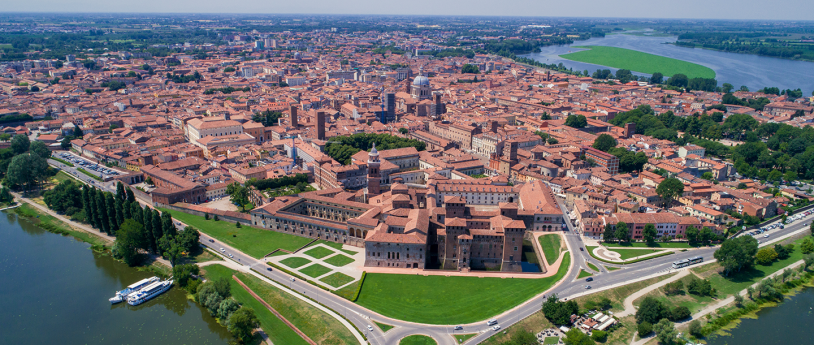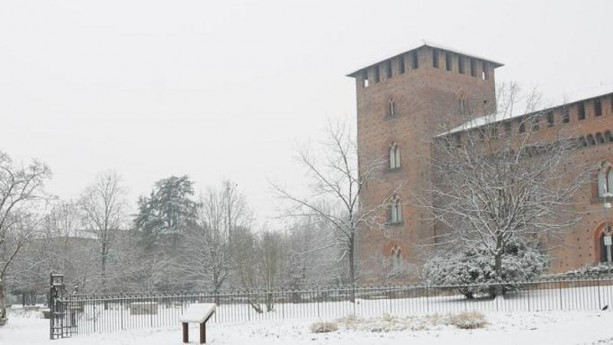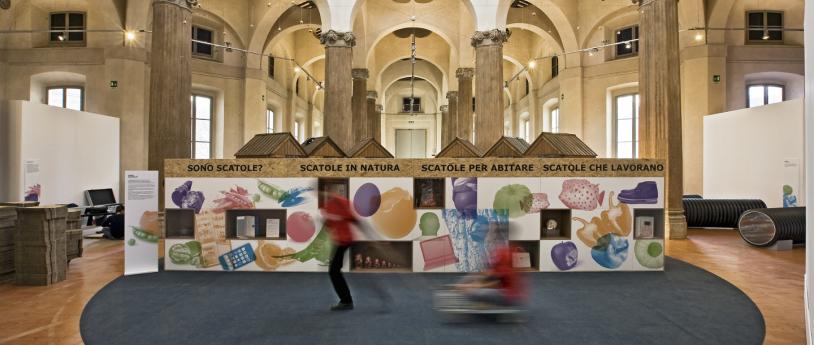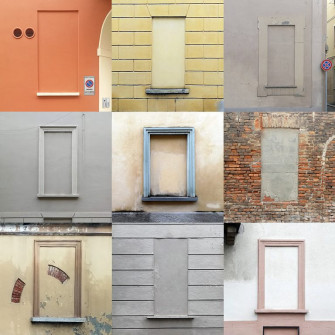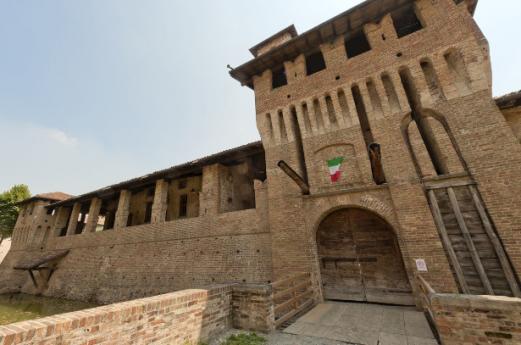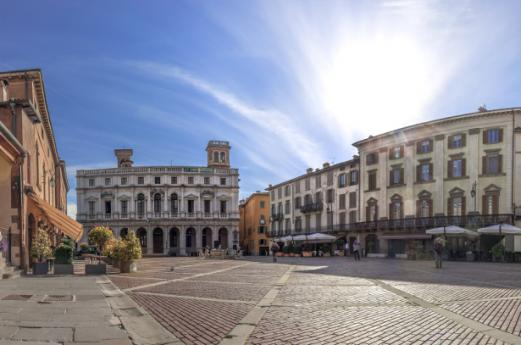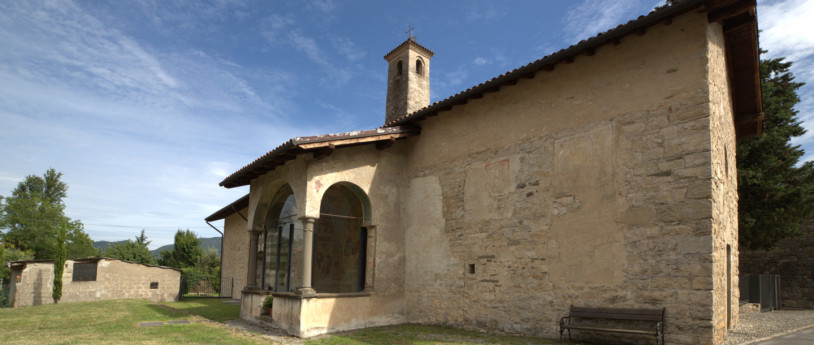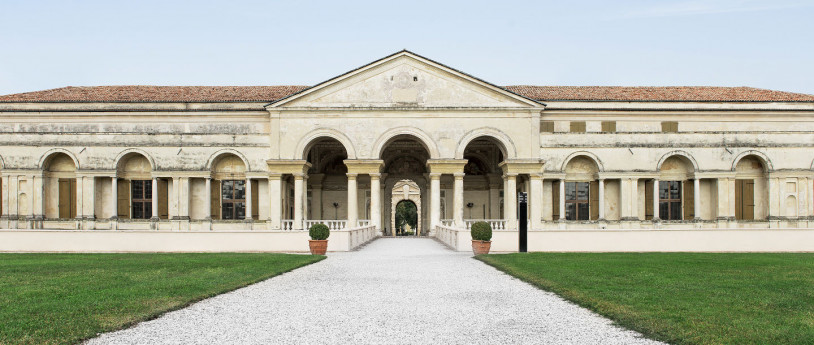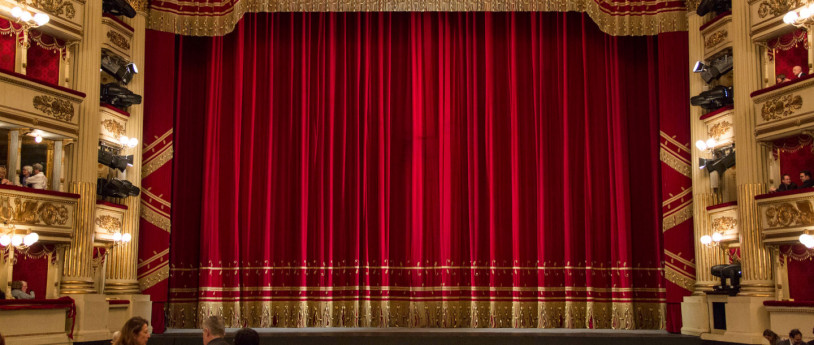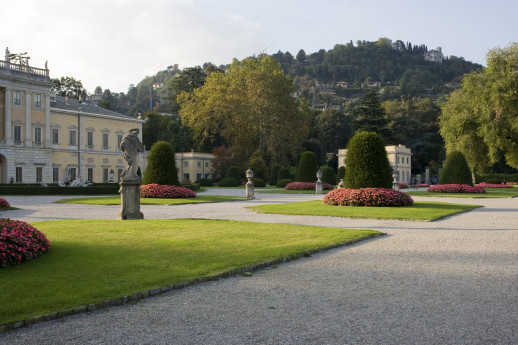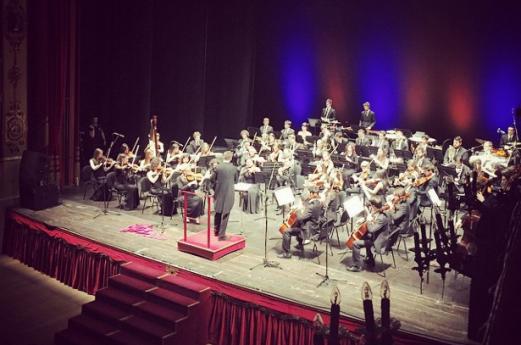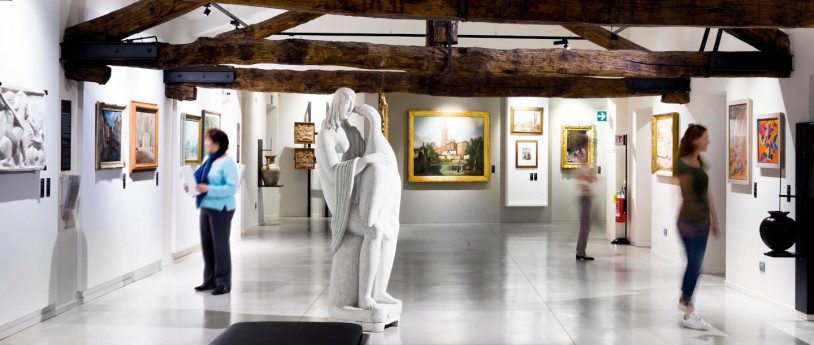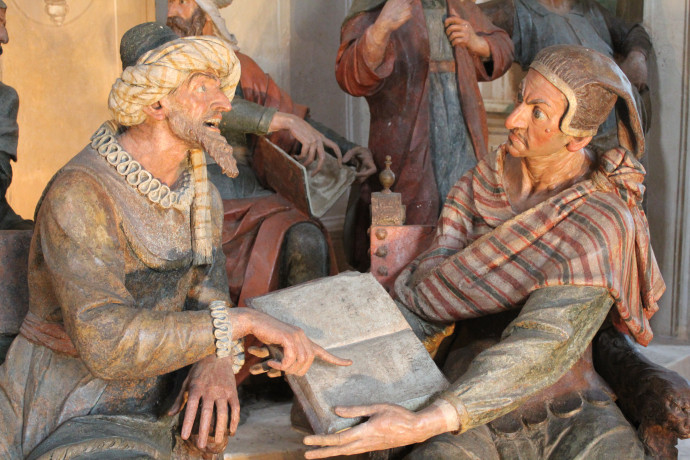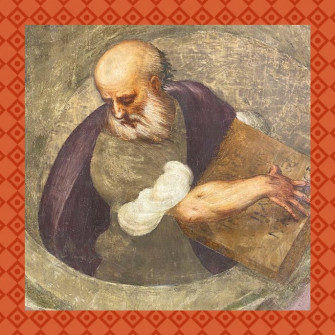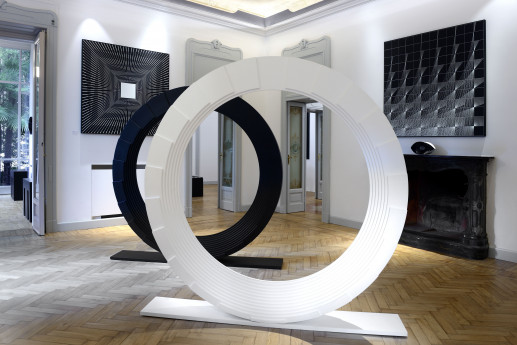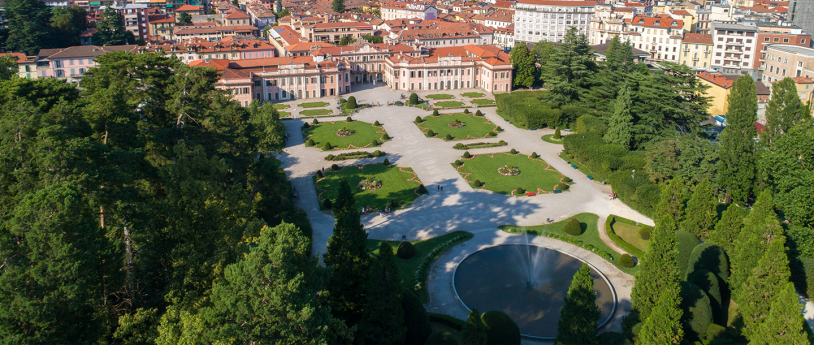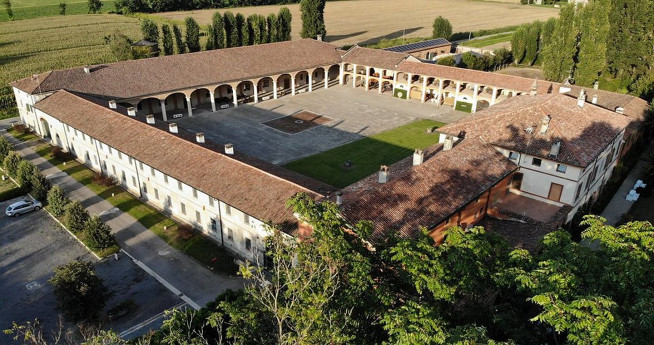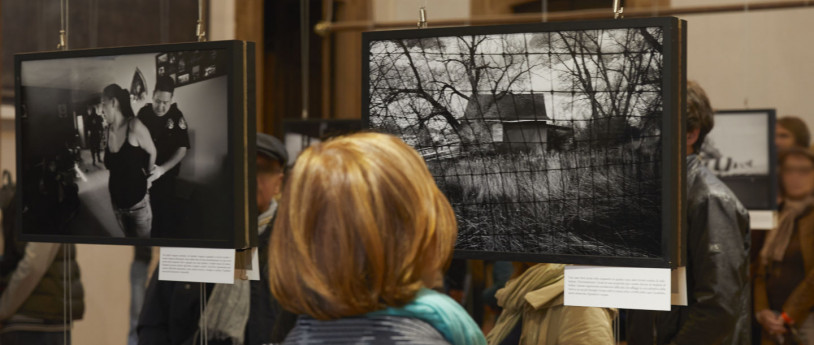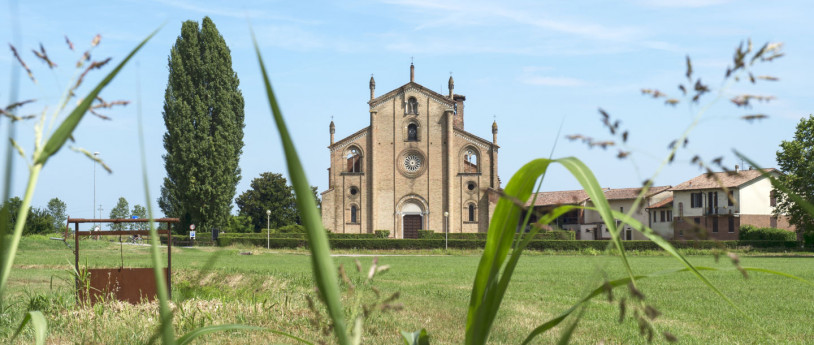- Art & Culture
Vaprio d adda
Halfway between Bergamo and Milan it is located on the border between the two provinces marked by the river Adda, on the Milanese side
Vaprio d'Adda, in the province of Milan, conserves a considerable number of historical and artistic treasures and is most renowned in Lombardy for having hosted the great genius of Leonardo da Vinci in the early 16th century.
The interesting architectural heritage of Vaprio consists of eleven villas, three churches, two historic factories and many farmhouses, many of which originated in between the sixteenth and seventeenth century. The local history is dynamic, as witnessed by the different types of artefacts from various time periods and styles, which certainly deserve to be discovered, step by step.
Vaprio d' Adda is delineated by two borders, one natural, the other man-made with clean lines that mark the boundary of the urban development. The first of these borders (to the east), is traced in an unmistakable way by the Adda River; the other , to the west, is the straight provincial road # 104 that connects Trezzo to Truccazzano, beyond which only recently-constructed buildings can be found. Within these two ideals boundaries lies a grid of streets and squares built around the compact historic core, which rose up in the EarlyMiddle Ages near the course of the river. The site, already marked by traces of a Roman military camp, was initially home to a community of Benedictine monks, who were the first to plough and cultivate the land.
Therefore, Vaprio made a name for itself as an agricultural community, as confirmed by the historical buildings: the 17th and 18th century villas overlooking the river were the noble residences of large landowners; courtyard houses were located in the villages where settlers and farmers lived; farmhouses were located next to the cultivated fields, with farm buildings and rustic houses built around a vast courtyard. The rural orientation of the village centre is reflected in the homes: these buildings of modest height, usually two or three floors, are lined up in a continuous series along the main roads.
For many centuries, the heart of the village was the modern-day Piazza Cavour, an elongated space that overlooks the Adda River. Today, this square is home to the Town Hall (housed in the 18th century Palazzo Simonetta Archinto).
Piazza della Chiesa, dominated by the parish church, is the oldest part of Vaprio. And along this street, still one of the liveliest and most important of the town, is where the first shops, taverns and merchants were located.
